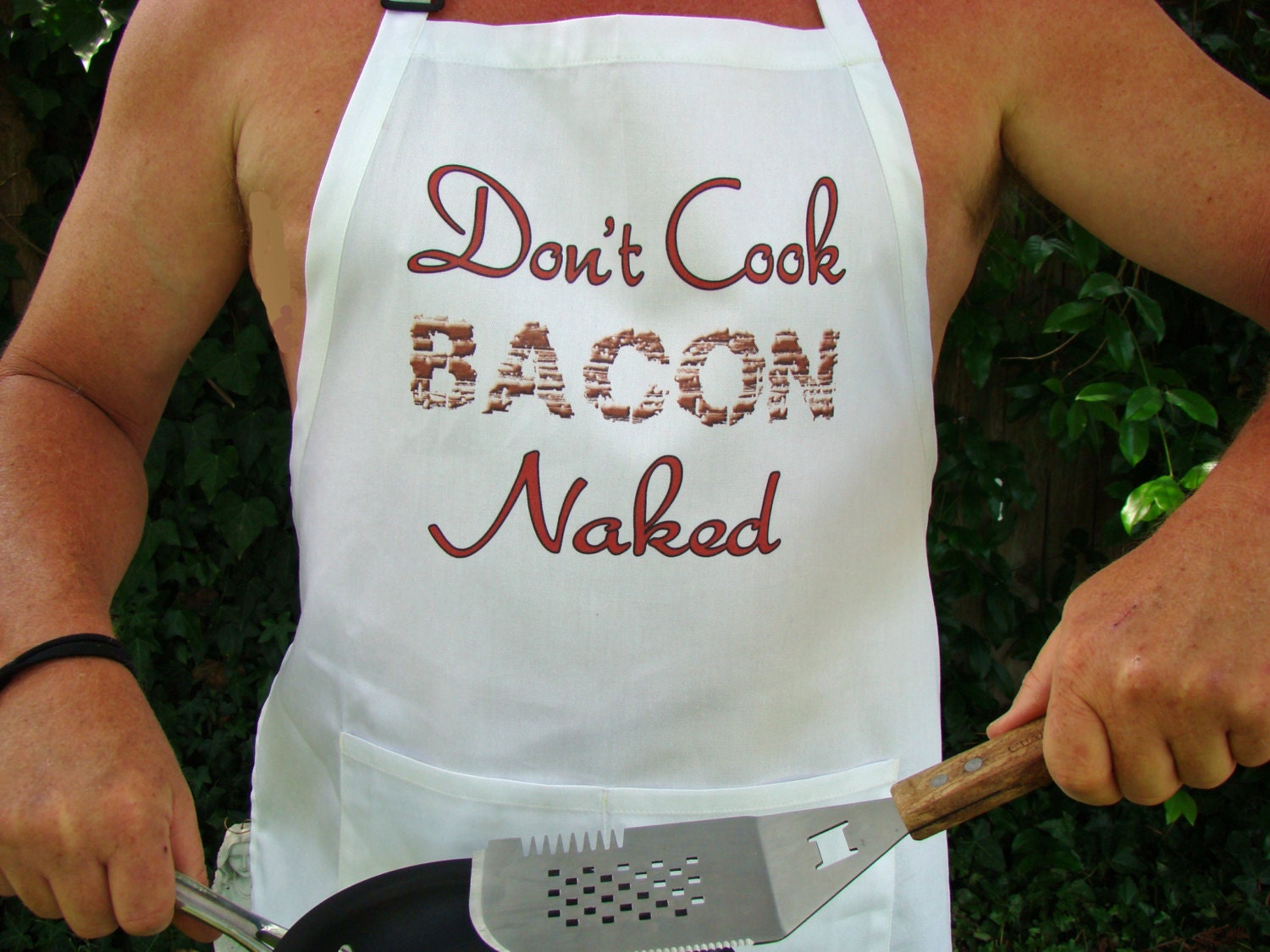As long as H2 isn't makin bacon by porking the pigs.
On topic - if you like your bacon crisp pan fry some thinly sliced kaiserfleisch
or
1. Take a
frying pan add some
rosemary, and
thyme, put on a medium heat and add the bacon.
2. Cook on each side until the bacon is brown.
3. Add about 1/3 can
Guinness (1/3 pint), and reduce until you get a treacly mess in the pan and coating the bacon.
4. Keep cooking until you have enough
crunchy bits.
5. Stick bacon in roll, add
HP sauce to taste. Drink freshly made coffee. Enjoy.
In the purest and simplest sense, bacon is a belly of
pork which has been cured by salting; but of course there are numerous regional variations of bacon; some
smoked, some not, some cooked and some raw - some don't even use belly pork, but another cut entirely.
Historically, bacon was a staple food for the
working class. Pigs were cheap and easy to breed for the table, as they will eat virtually anything (including cars if you believe
Emir Kusturica). Bacon is always cured, or salted - a process that draws moisture out of the meat and significantly delays
spoilage, so it can be kept for long periods. In addition, many styles of bacon are smoked, which combined with the fatty nature of pork belly provides bacon with a rich and hearty flavour - meaning a little went a long way to feeding the whole family.
The
English word is derived from the Old
French word,
bakko; meaning
ham. The Modern French word
bacon came to mean any cut of pork, usually salted. The French even had a term
repas baconique, which was a festival where only pork was served. The English perfected the technique of
salt curing and smoking belly pork and borrowed the French term for the meat, and the word was returned to the French and now means what it does in English speaking countries; salted belly of pork.
The traditional preparation of bacon involves
salt - and lots of it. Once the pig has been slaughtered, the belly is removed and rubbed with dry salt. The moisture that is drawn out of the pork due to simple
osmosis quickly forms a
brine. The belly is left to
steep and cure in this salty liquid and turned daily, for up to 2 weeks. Once fully cured, the belly is washed of excess salt and then given one of three treatments - air-drying, cold-smoking or hot-smoking. The first two result in raw bacon, much in the same manner that
gravlax and
smoked salmon result in
raw fish. Hot smoked bacon on the other hand has been cooked through.
These days most bacon found in supermarkets is hot smoked, but not in the traditional manner. The whole process is
expedited (and therefore much
cheaper) by first injecting the un-cured belly with brine, then an atomized
smoke and hot water solution is injected to cook and provided a smoky flavour to the belly. This is bacon at its most pointless, and when prepared in such a manner it tends to ooze moisture in the pan and end up dry. The flavour also suffers, instead of a full and delicious natural smoke flavour, a pale chemical imitation is the result.
The only way to get real bacon these days is to visit specialist butchers that prepare their own. Not only will you receive a superior product, but you will be supporting a dying art that if we are not careful, will disappear forever.
German and
Austrian butchers make a product called
kaiserfleisch or sometimes
speck, and good
Italian butchers will make
pancetta. These are both prepared in a very similar manner to good quality bacon. Of course, you could try visiting a specialist English or
Irish butcher and ask for
raw or
green bacon, which ideally should be cold smoked.
Bacon is not made form the same pigs you get regular pork from. Table pork is produced form 3 different grades of pigs;
porkers, superporkers and
finishers. These tend to have
lean meat and a dressed weight of up to 60 kg. Pigs bred for bacon production are known as
baconers and are sold at an age of around 24 weeks. They have a higher body fat ratio than regular pigs and can weigh up to a whopping 100 kg.
There are several different varieties of bacon.
Middle bacon rashers possess the familiar bacon shape, that is a thin strip of belly pork with a lean round piece of
loin at one end.
Streaky bacon is the same cut minus the round loin end.
Picnic or
café bacon is various off cuts of pork that are pressed into a pseudo-bacon shape and should
obviously be avoided.
Gammon is a specialty of the
United Kingdom that is a joint of pork - not the belly, that is cured and prepared in the same manner as regular bacon.
Just as there are a large variety of bacon styles, there is an equally large array of cooking methods, depending on the dishes country of origin.
In Britain and countries influenced by their cuisine, such as the
United States,
Australia and
New Zealand, bacon is cut into thin rashers, then grilled or fried. It is generally considered a breakfast dish, witnessed most often in the famous dish of
bacon and eggs. In
Germanic countries bacon tends to be cut into thicker slabs, then
poached or
braised. The cooked bacon is often served up with an accompaniment of
cabbage or
potatoes. This is rich and
robust fare perfect for colder climates. French influenced cuisine tends to use bacon as a flavouring agent, rather than a solo ingredient. This is typified by
lardons, which are small dice or rectangular strips of bacon that are cooked at the beginning of a dish to enrich the final result with a nice smoky, salty pork flavour.







